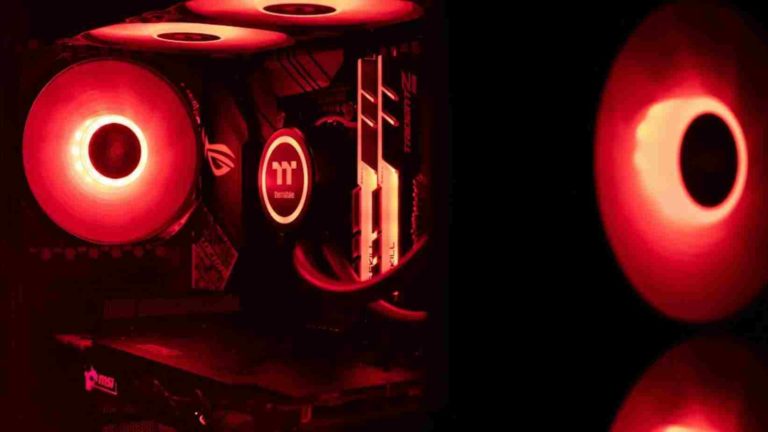Nvidia’s Latest GPU Advancements: Unveiling the Potential of the Nvidia GeForce RTX 5090
The tech world has been buzzing with rumors surrounding Nvidia’s highly anticipated graphics card, the GeForce RTX 5090. The latest speculation provides some exciting insights into the potential advancements of this next-gen GPU.
Rumors suggest that the RTX 5090 will be based on the Nvidia Blackwell architecture and could potentially offer a staggering 70% increase in performance compared to its predecessor, the RTX 4090. This significant leap in performance has the potential to redefine gaming experiences and effortlessly handle even the most demanding PC games on the market.
The speculated performance boost is attributed to the possibility of the RTX 5090 featuring as many as 192 streaming multiprocessors, a 50% increase over the RTX 4090. This would equip the card with 24576 CUDA cores, 192 ray tracing cores, and 768 tensor cores, solidifying its position as a powerhouse in the GPU market.
However, such remarkable performance enhancements may come with a hefty price tag. Reports suggest that the RTX 5090 could be priced between $2000-$2500, placing it in the premium segment of the market. Additionally, there are speculations about other potential offerings from Nvidia, including the RTX 5080, RTX 5070, RTX 5060, and a budget-friendly RTX 5050 Ti card, each targeting different price points.
Furthermore, there are predictions that the RTX 5090 may not feature a fully enabled die, as Nvidia is likely to reserve its most powerful cards for the rapidly growing AI market. This strategic move could have significant implications for Nvidia’s GPU development in the upcoming generation, particularly in the context of the evolving landscape of AI and gaming technology.
Amidst these developments, Nvidia’s position in the market appears unchallenged, with the potential for the company to dictate pricing based on the absence of strong competition, particularly from AMD. Speculation suggests that AMD may not be pursuing the premium GPU market with its next-gen RDNA 4 architecture, further consolidating Nvidia’s dominance in the high-end GPU segment.
As the industry eagerly anticipates the unveiling of the Nvidia GeForce RTX 5090, the potential impact of Nvidia’s focus on AI and the absence of strong competition from AMD raises intriguing questions about the future of GPU technology and market dynamics. The evolving landscape of graphics cards and the intersection with AI development are poised to shape the trajectory of gaming and computing technology in the coming years.




